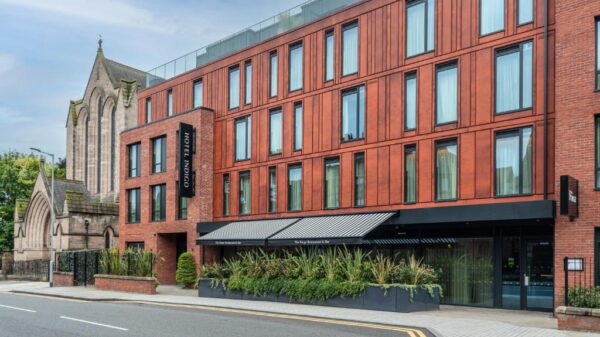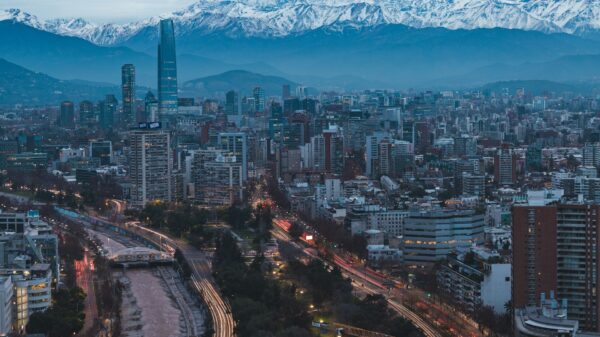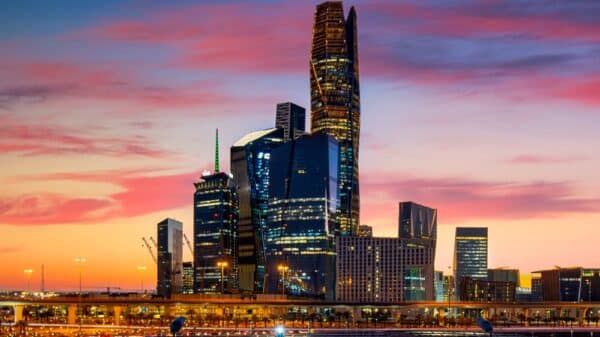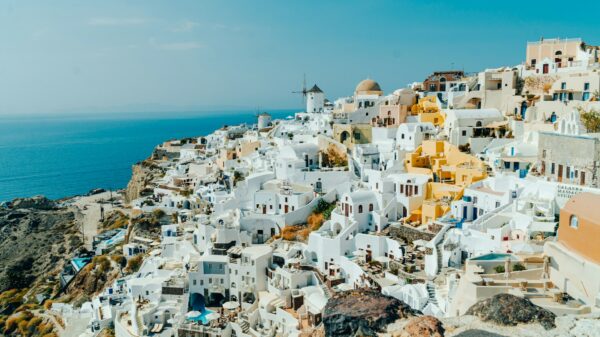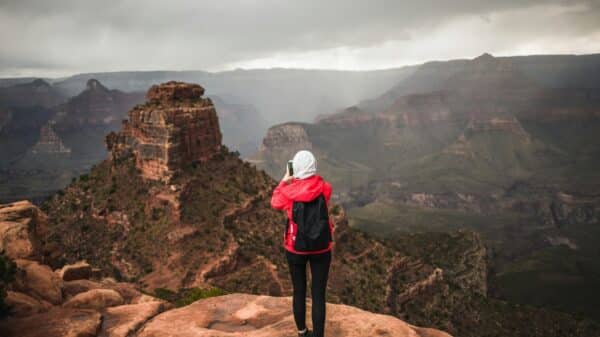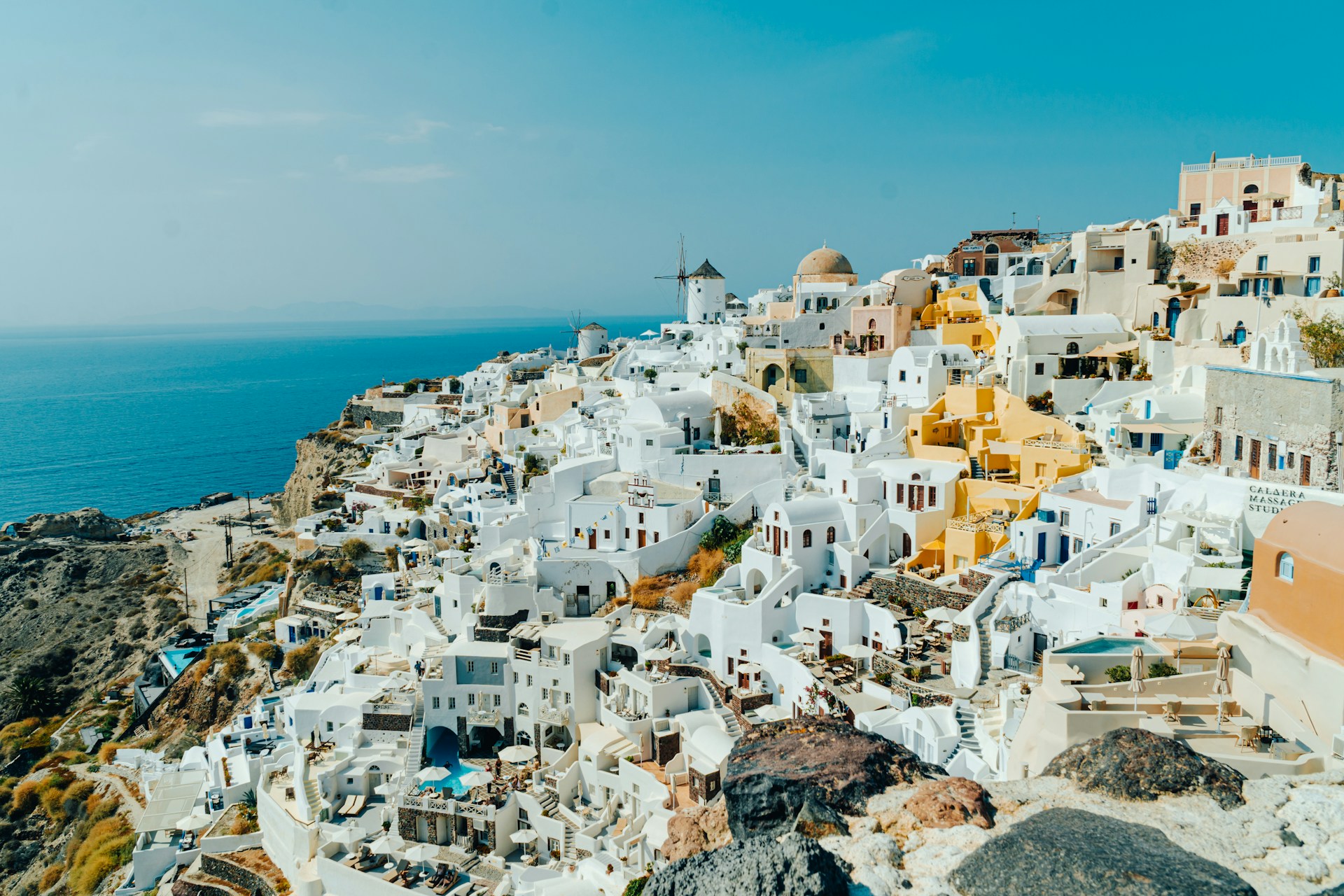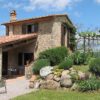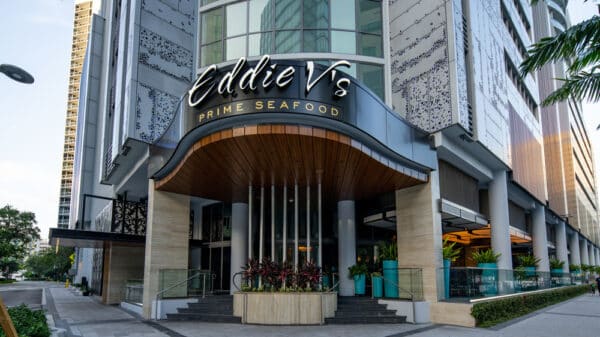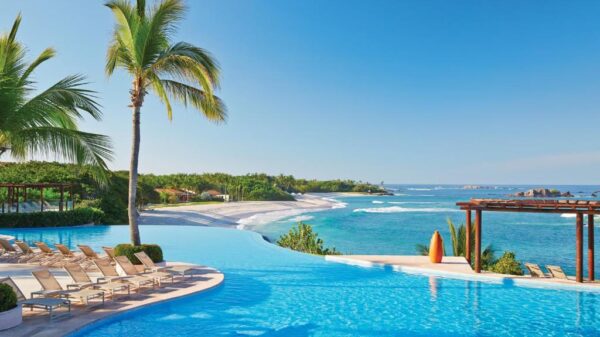After a tumultuous winter marked by earthquakes that forced residents to evacuate, the summer tourism season is once again on the horizon. The islands of Santorini, Paros, Naxos, and Mykonos faced emergency evacuations and school closures in early February. Fortunately, Santorini, the most popular of these islands, has returned to its vibrant self, ready to welcome visitors back, though this year’s foot traffic feels a bit quieter than in summers past.
On a particularly scorching morning, as described by the manager at Vedema, a Luxury Collection Resort, I set out to explore the picturesque coastal village of Vlichada, descending the steep slopes of the volcanic crater. My destination was the Tomato Industrial Museum. Little did I know, this visit would be deeply significant. After wandering through the preserved ruins of the old tomato canning factory, known for producing Santorini’s sweet tomatoes into paste and canned goods, I sat down to watch a video about the lives of those who had worked there.
The tomato factory served as a cornerstone of the community from its opening in 1945 until its closure in 1981, when production was moved to the Greek mainland. As I watched the heartfelt testimonials from the island’s elders, recounting their experiences, I was struck when they began to share the memory of the devastating earthquake and tsunami that struck Santorini in 1956. This calamity was far worse than what we’ve seen recently; it demolished buildings and disrupted lives but also caught the government’s attention. One of the interviewees recalled, “It was the first time I tasted wheat bread.” At that time, wheat wasn’t grown on the island so bread was generally made from barley flour, a detail that underscored just how dire their situation was.
The factory even features a charming tasting bar where visitors can savor the company’s signature tomato paste. “Many locals spread this paste on bread for breakfast,” the attendant explained. I couldn’t resist trying it on crunchy breadsticks and cheese, complemented by some surprisingly delicious pickled caper leaves (yes, they’re edible!). As we chatted about the lingering effects of the earthquakes on tourism, a hint of sadness crept into her voice. “Yes, it’s down 40%,” she sighed. “Things have been pretty slow.”
And I could see what she meant. Arriving back to Santorini this summer felt markedly different from my last visit in 2023, where the airport had buzzed with overflowing crowds of eager tourists. This time, the atmosphere was subdued, and the vibrant streets felt less alive. However, the warmth of the local people and the stunning beauty of the island remained intact, promising an unforgettable experience for those who make the trip.
This year, my trip to Santorini felt decidedly quieter. Gone were the long rental car lines typically synonymous with peak tourism; the roads were pleasantly clear, punctuated only by the usual slowdowns in Fira, the island’s largest town. It was a refreshing change.
Staying at Vedema Resort in Megalochori, I found that the charm of the village was preserved beautifully among converted buildings scattered throughout the property. One evening, I found myself alone in their enchanting 400-year-old wine cave, savoring the moment. Dinner on the rooftop was intimate, with only a handful of tables occupied. I couldn’t help but share my discovery with the couple next to me: “You have to try the tomatoes; they’re like candy!”
Exploring beyond the resort, I wandered through the village streets, which felt refreshingly uncrowded despite the small groups of cruise tourists that trickled in and out. A brief hike (because let’s be honest, there’s always a hill to climb in Santorini) led me to the lush garden of the Symposion Cultural Center. Here, I met Argy Kakissis, one of the co-founders, who, along with her husband Yannis Pantazis, has created a haven for visitors seeking local wine, handmade traditional instruments, and workshops that offer a taste of local artistry. We enjoyed honey wine served in rustic earthenware cups, the gentle breeze rustling through the mulberry tree leaves overhead. While Kakissis remarked on how business hadn’t dropped off, she noted that most visitors come purposefully to discover the center, not just passing through.
For a change of scenery, I spent a night at Istoria Hotel, celebrated for its Michelin Key recognition. The hotel featured only 12 suites—my room was a charmingly converted stable, complete with a lovely courtyard and an outdoor jetted tub. The atmosphere buzzed, particularly around the expansive pool, one of the island’s largest. Nestled in a beachside location, it was paradise to have the black sands of Perivolos Beach just a few steps away.
My final destination was the iconic Mystique, a Luxury Collection Hotel, located in the bustling village of Oia. Known for stunning views of whitewashed buildings with blue domes, traditional windmills, and some of the most vibrant sunsets, Oia typically sees a high volume of tourists. While the streets were busier here, it still felt manageable compared to previous years, allowing me to indulge in the moment without being overwhelmed. I enjoyed a delightful seafood pasta with more of those “candy-like” tomatoes at Ammoudi Fish Tavern, where I marveled at the sunset. With new parking considerations and a shuttle service to local restaurants, finding a spot was much easier than it had been in the past—no more watching the sunset from my car due to overcrowding.
Having visited Oia before, I was more interested in soaking in the views than dealing with the crowds, so I found myself lounging at the Mystique infinity pool or relaxing in the jetted tub on my suite’s terrace, which was styled in the island’s traditional cave architecture. There, the tomatoes were paired beautifully with fresh strawberries, whipped feta, and a wild rose vinaigrette.
This summer, fears surrounding earlier earthquakes led to a decline in visitors, with hotel managers reporting a dip in bookings particularly from May to July. However, many expressed optimism, noting that reservations for the peak months of September and October remained robust. With new regulations on cruise tourism across the Greek islands and the fading “revenge travel” trend, many expect that future visits to Santorini will offer travelers a more satisfying experience—especially for those who stay for a few days. Spending midday by the pool helps avoid the crowds while allowing for an immersive example of the island’s laid-back lifestyle, truly the best way to enjoy the beauty of Santorini.
Image Source: Unsplash

